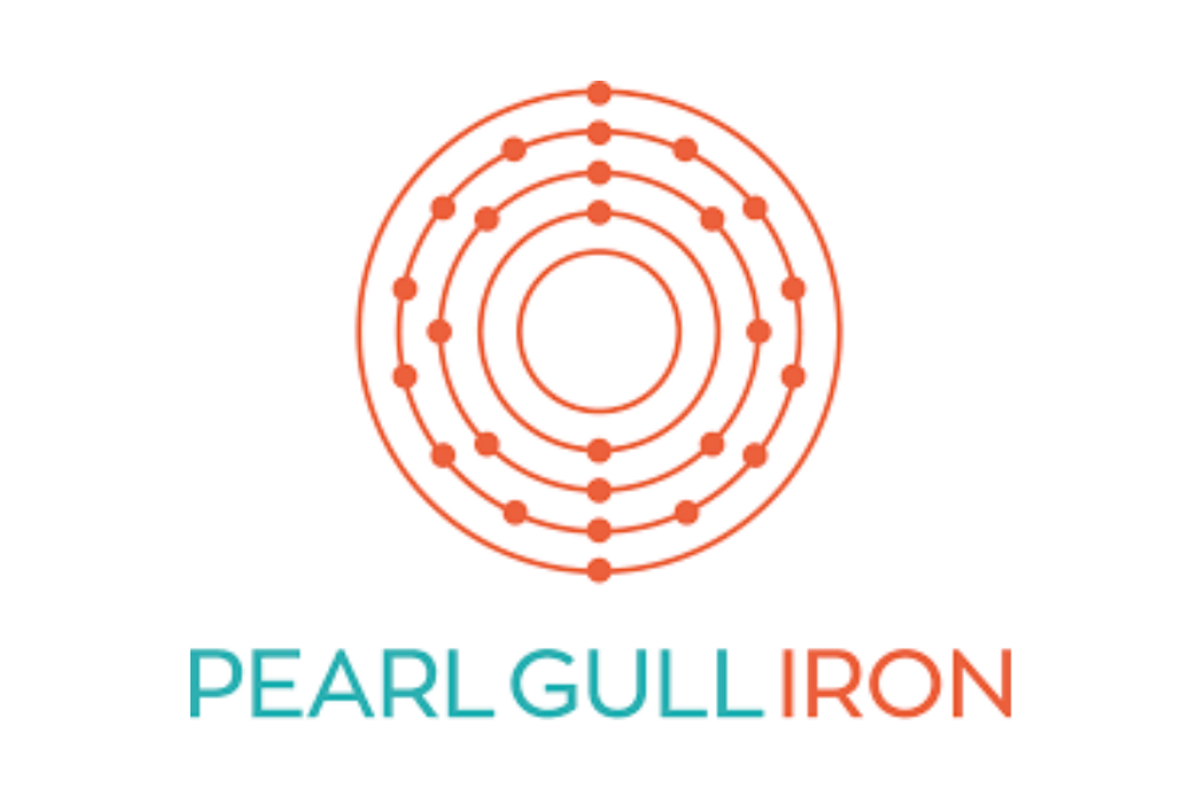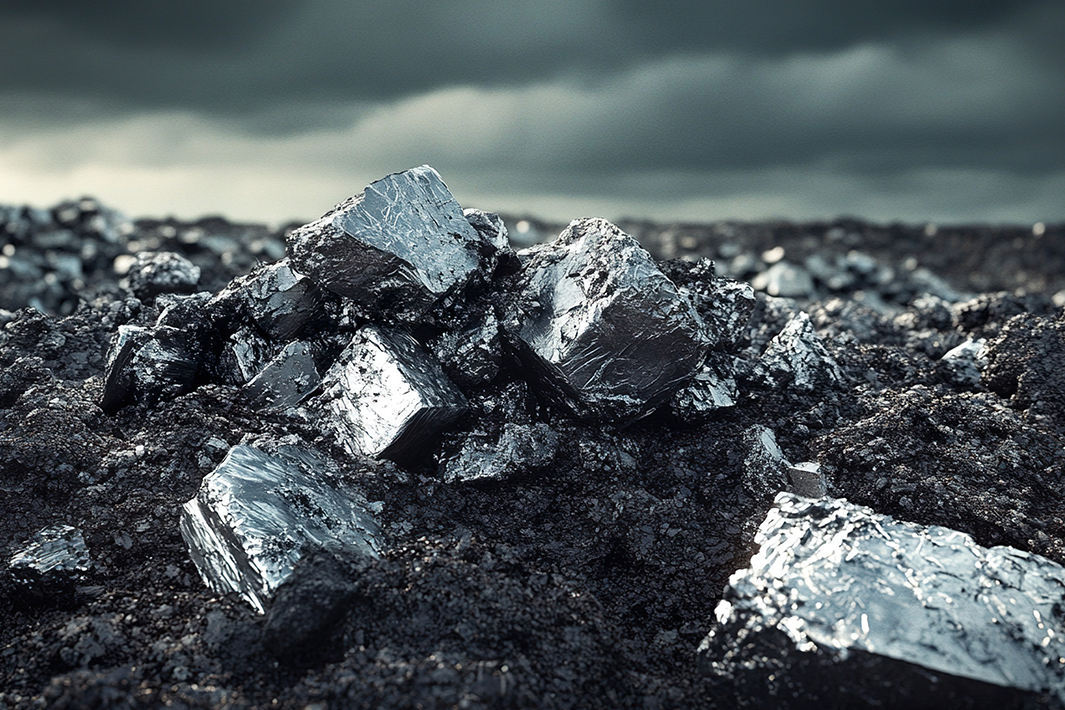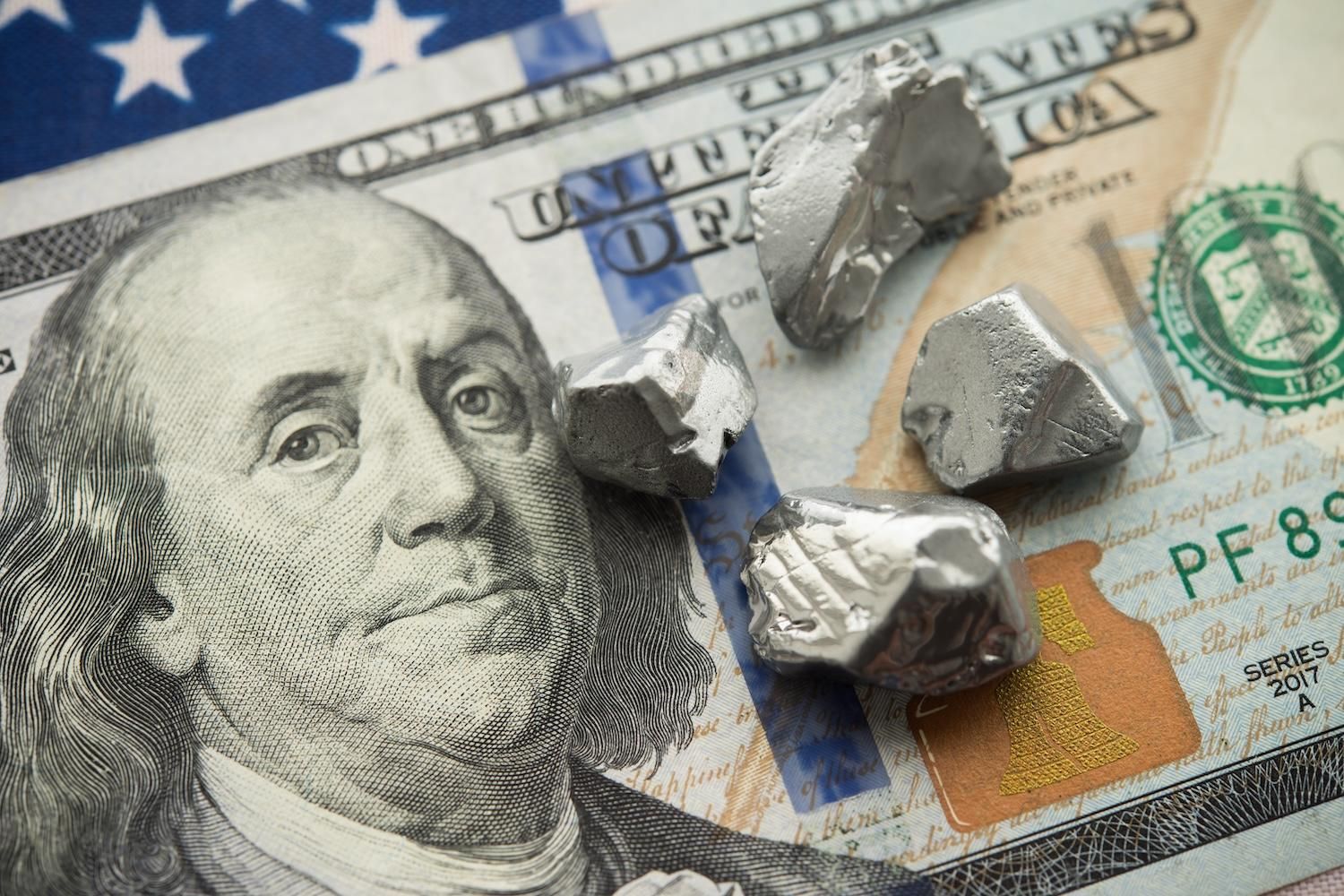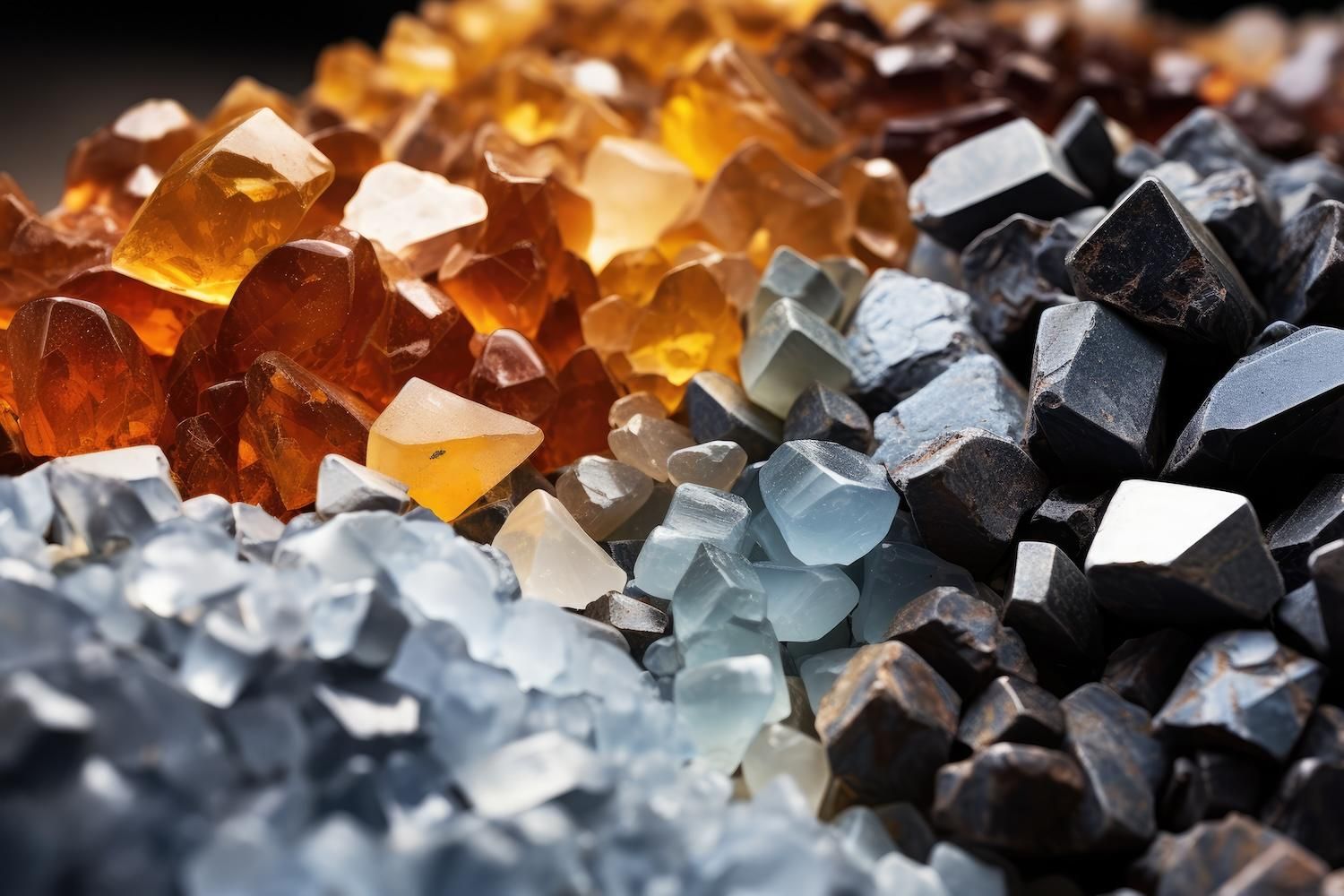
July 14, 2024
Overview of the La Marigen Ionic Rare Earth Project Located in the coastal belt of central Chile
Pearl Gull Iron Limited (ASX: PLG) (Pearl Gull, PLG or the Company) is pleased to present its investor presentation.
Highlights of the Opportunity
80% interest in NeoRe
- Pearl Gull to earn up to an 80% interest in privately held Chilean-based company NeoRe SpA (NeoRe).
La Marigen Project
- NeoRe holds the La Marigen ionic REE clay Project that is highly prospective for ionic adsorption REE clays along the coastal belt of Chile. The NeoRe team holds over a decade in the successful evaluation, definition and development of ionic adsorption clay deposits, strong in-country technical and stakeholder relationships.
License area
- NeoRe holds 5 license areas prospective for REE comprising of 74 exploration applications and 4 granted exploration concessions over an area of approximately 22,800 hectares, located to the north of Aclara Resources advanced ionic adsorption REE Penco Project.
Under explored coastal belt
- Geological similarities to southern China ionic rare earth province along the under explored coastal belt of Chile. The project area overlaps forestry industry with easy access and proximity to major industrial port city and infrastructure.
Experience
- Experienced mineral industry executive, Dr John Mair, to join the Board of the Company and oversee its REE strategy.
DISCLAIMER
The purpose of this presentation is to provide general information about Pearl Gull Iron Limited (Pearl Gull or the Company). It is not recommended that any person makes any investment decision in relation to the Company based solely on this presentation. This presentation does not necessarily contain all information which may be material to the making of a decision in relation to the Company. Any investor should make their own independent assessment and determination as to the Company’s prospects prior to making any investment decision and should not rely on the information In this presentation for that purpose. This presentation does not involve or imply a recommendation or a statement of opinion in respect of whether to buy, sell or hold securities in the Company. The securities issued by the Company are considered speculative and there is no guarantee that they will make a return on the capital invested, that dividends will be paid on the shares or that there will be an increase in the value of the shares in the future. This presentation contains certain statements which may constitute “forward‐looking statements”. Such statements are only predictions and are subject to inherent risks and uncertainties which could cause actual values, results, performance or achievements to differ materially from those expressed, implied or projected in any forward‐looking statements. The Company does not purport to give financial or investment advice. This presentation is presented for informational purposes only. It is not intended to be, and is not, a prospectus, product disclosure statement, offering memorandum or private placement memorandum for the purpose of Chapter 6D of the Corporations Act 2001. Except for statutory liability which cannot be excluded, the Company, its officers, employees and advisers expressly disclaim any responsibility for the accuracy or completeness of the material contained in this presentation and exclude all liability whatsoever (including in negligence) for any loss or damage which may be suffered by any person as a consequence of any information in this presentation or any error or omission there from. The Company accepts no responsibility to update any person regarding any inaccuracy, omission or change in information in this presentation or any other information made available to a person nor any obligation to furnish the person with any further information. This presentation has been approved by the Board of Pearl Gull Iron Limited and is current as at July 2024.
COMPETENT PERSONS STATEMENT
The information contained in this announcement that relates to exploration results and geology is based on, and fairly reflects, information compiled by Dr John Mair, who is a Member of the Australasian Institute of Mining and Metallurgy. Dr Mair is shareholder of Huemul Holdings Pty Ltd and will join the Board of Pearl Gull following completion of the Acquisition (as announced on 14 June 2024) and has sufficient experience which is relevant to the style of mineralisation and type of deposit under consideration and to the activity which he is undertaking to qualify as a Competent Person as defined in the 2012 Edition of the ‘Australasian Code for Reporting of Exploration Results, Mineral Resources and Ore Reserves’. Dr Mair consents to the inclusion in this presentation of the matters based on his information in the form and context in which it appears. Mr Mair holds securities in the Company. The information in this presentation that relates to historical exploration results were first reported by the Company in accordance with listing rule 5.7 on 14 June 2024. The Company confirms it is not aware of any new information or data that materially affects the information included in the original announcement.
Click here for the full ASX Release
This article includes content from Pearl Gull Iron Limited, licensed for the purpose of publishing on Investing News Australia. This article does not constitute financial product advice. It is your responsibility to perform proper due diligence before acting upon any information provided here. Please refer to our full disclaimer here.
PLG:AU
The Conversation (0)
16 December
Policy Shift Sparks Renewed Interest in Rare Earths Stocks
Rare earths stocks have gained renewed investor attention following recent policies that sharpen the US government's focus on securing critical minerals supply chains. In early 2025, the Trump administration signaled stronger commitments to reduce American reliance on China for rare earth... Keep Reading...
15 December
ReeXploration Announces $1,000,000 Private Placement
Capital raise supports upcoming drill program targeting newly identified uranium system along Namibia's premier uranium corridorReeXploration Inc. (TSXV: REE) (FSE: K2I0) ("ReeXploration" or the "Company") is pleased to announce a private placement for aggregate gross process of up to $1,000,000... Keep Reading...
12 December
ReeXploration Announces Field Program Results Confirming Large-Scale Uranium Target at Eureka, Namibia
Ground radiometrics, soil geochemistry and mapping reinforce the potential for a Rossing-style system beneath shallow coverReeXploration Inc. (TSXV: REE) (FSE: K2I0) ("ReeXploration" or the "Company") is pleased to announce results from its uranium field program, which provide strong support for... Keep Reading...
09 December
Pensana Secures US$100 Million Investment for US Mine-to-Magnet Plan
Rare earths-focused Pensana (LSE:PRE,OTC Pink:PNSPF) reported on Tuesday (December 9) that it has concluded a US$100 million subscription with a strategic investor.According to the company, the deal underpins its broader mine-to-magnet strategy in the US.The unnamed investor subscribed for 95... Keep Reading...
07 December
U.S. Investors Lead Oversubscribed $17m Placement
Locksley Resources (LKY:AU) has announced U.S. Investors Lead Oversubscribed $17m PlacementDownload the PDF here. Keep Reading...
04 December
ABx Receives First Mixed Rare Earth Carbonate Sample from Deep Leads
ABx Group (ASX:ABX) said the Australian Nuclear Science and Technology Organisation (ANSTO) has produced the first mixed rare earth carbonate (MREC) sample from the Deep Leads resource in Northern Tasmania.A Tuesday (December 2) press release states that the ANSTO sample contains 4 percent... Keep Reading...
Latest News
Interactive Chart
Latest Press Releases
Nevada Sunrise Announces Stock Option Grants
19 December
Related News
TOP STOCKS
American Battery4.030.24
Aion Therapeutic0.10-0.01
Cybin Corp2.140.00




